A DELICIOUS and Lower-in Phytates Bread!
Would you like a recipe for a healthy whole grain bread that’s also easy to make? If so, read on, because I’ve got just the thing.
Well, it’s not exactly a TYPICAL bread, per se. I’m actually talking about English muffins. Aside from the obvious difference in looks, English muffins are slightly lower in calories than bread (at 127 calories per muffin versus 157 calories in two slices of wheat bread). English muffins are also spongier than bread. They’re sometimes compared to the texture of a pancake.
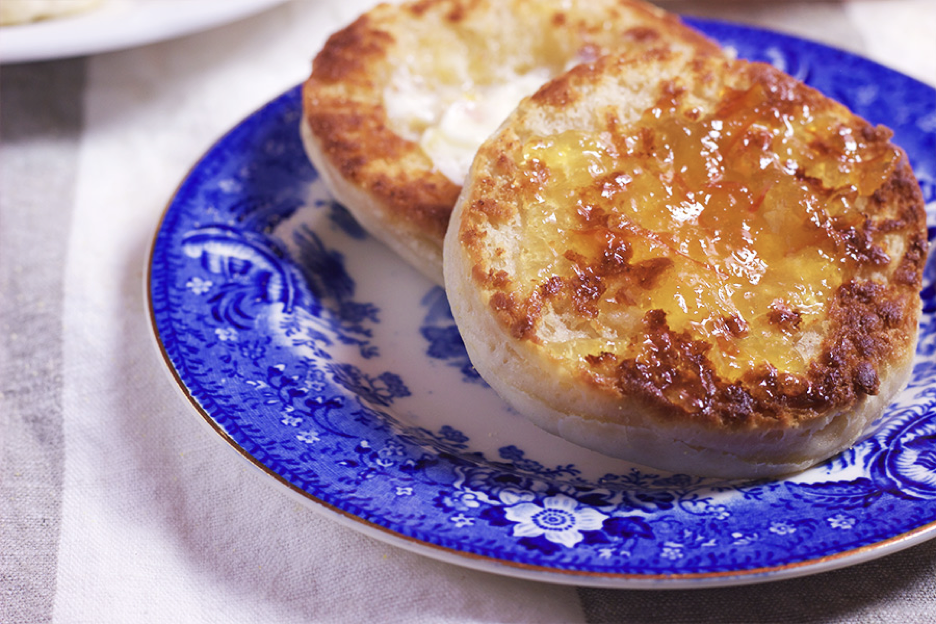
And some would say that the English muffin closely resembles the English crumpet. In fact, in England, English muffins are an important breakfast staple—Eggs Benedict being one of the most popular ways to use them. In America the common use is as a substitute for the proverbial buttered toast.
But this bread can be used in so many more ways than toast or an Eggs Benedict breakfast or brunch. For instance, FOOD & WINE Magazine (May 24, 2017) suggested:
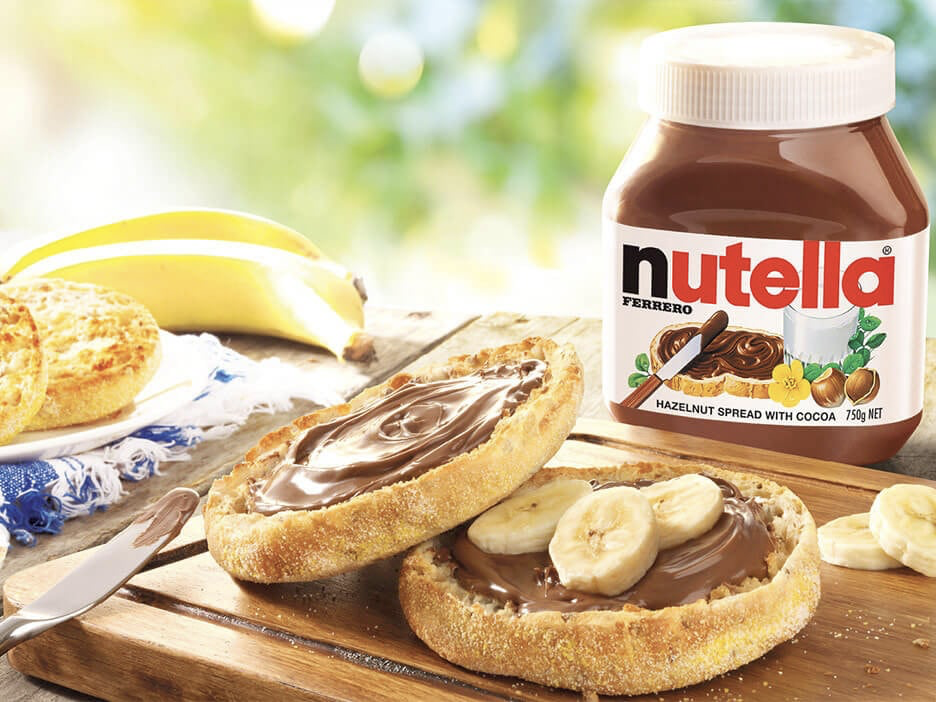
I’ll close with the above-mentioned recipe. It’s for a sourdough version of English muffins. Besides being lower in calories than sliced bread, it’s healthier. This health boost comes from the sour dough yeast, which facilitates a lower phytate level (due to the dough taking much longer to rise, which in the process ferments the grain) making the bread more digestible. And lower phytates also mean the minerals iron, zinc, manganese, and calcium will be available for absorption in your gut.
For those that aren’t aware of the phytate issue, here’s a quick tutorial (thanks to www.healthline.com): Phytates are only found in plant seeds (grains, nuts, legumes, etc.). It serves as the main storage form of phosphorus in the seeds. When seeds sprout, phytate is degraded and the phosphorus is released and used by the young plant for. This is good for the plant, but not so good for humans who ingest phytate-containing food because the phytates bind to minerals before the body can absorb them.
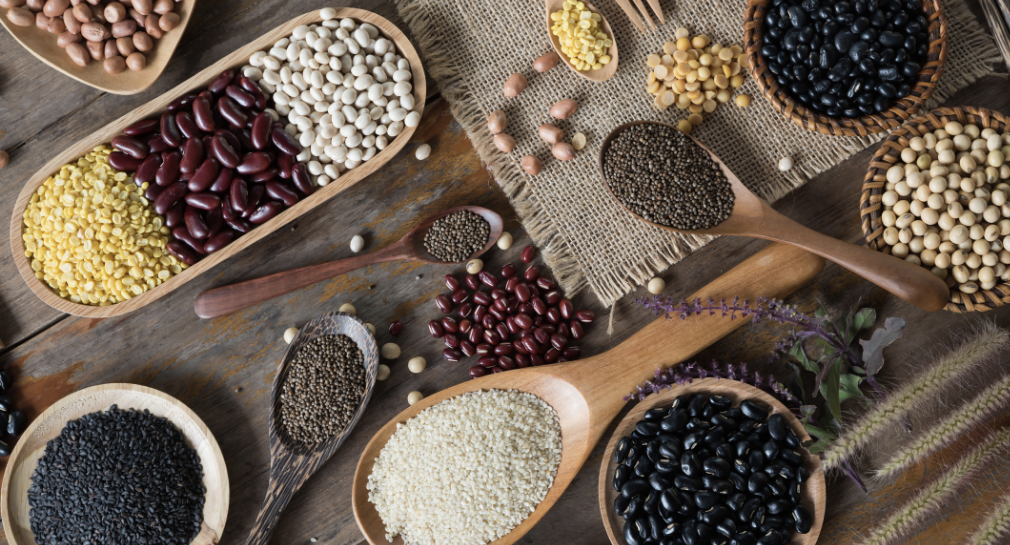
Avoiding foods that contain phytates is a bad idea because as we know, plants are healthy and nutritious. Fortunately, several preparation methods can significantly reduce phytate content of foods:
SOAKING: Cereals and legumes are often soaked in water overnight to reduce their phytate content.
SPROUTING: The sprouting of seeds, grains and legumes, also known as germination, causes phytate degradation.
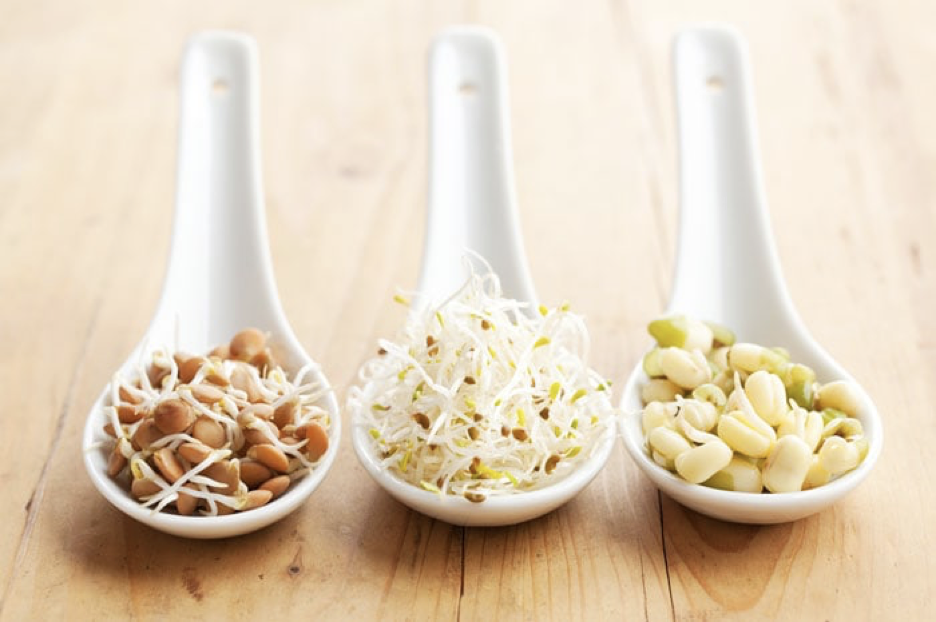
FERMENTING: Organic acids, formed during fermentation, promote phytate breakdown. Lactic acid fermentation is the preferred method, a good example of which is the making of sourdough.
And with that amateur and brief phytate tutorial, here is the promised recipe. If you don’t have any sourdough start, you may know someone who does who would likely be happy to share. You can also buy sourdough start at most whole foods stores. OR, just make this with regular yeast. You won’t have the phytate-lowering benefits, but you’ll still have a lower-in-calorie bread that’s just dang good!
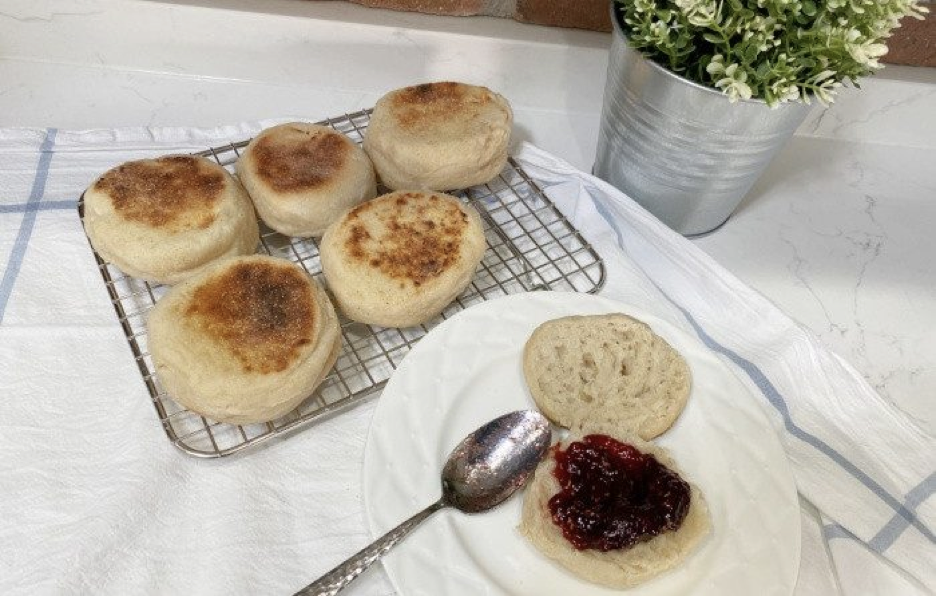
6 tablespoons sourdough starter
1/2 cup plus 2 tablespoons filtered water
1/2 tablespoon raw honey
1/2 teaspoon salt
1 3/4 cups whole grain flour
cornmeal for baking
Directions:
Add Recipe to Cook'n
blog comments powered by Disqus
Well, it’s not exactly a TYPICAL bread, per se. I’m actually talking about English muffins. Aside from the obvious difference in looks, English muffins are slightly lower in calories than bread (at 127 calories per muffin versus 157 calories in two slices of wheat bread). English muffins are also spongier than bread. They’re sometimes compared to the texture of a pancake.

And some would say that the English muffin closely resembles the English crumpet. In fact, in England, English muffins are an important breakfast staple—Eggs Benedict being one of the most popular ways to use them. In America the common use is as a substitute for the proverbial buttered toast.
But this bread can be used in so many more ways than toast or an Eggs Benedict breakfast or brunch. For instance, FOOD & WINE Magazine (May 24, 2017) suggested:
- Toasting and coating it in garlic butter then topping it with Caesar salad
- Toasting and coating it in your favorite condiments then using it as a chewy substitute for your hamburger bun when grilling burgers
- Using it as you would slices of bread when making toasted cheese sandwiches
- Toasting it, then crumbling it to create your own version of Panko crumbs (to then be used to top your casseroles, sprinkled over soups or salads, etc)
- Toasting it and using it as a substitute for the toasted and cubed bread in your favorite breakfast casserole

I’ll close with the above-mentioned recipe. It’s for a sourdough version of English muffins. Besides being lower in calories than sliced bread, it’s healthier. This health boost comes from the sour dough yeast, which facilitates a lower phytate level (due to the dough taking much longer to rise, which in the process ferments the grain) making the bread more digestible. And lower phytates also mean the minerals iron, zinc, manganese, and calcium will be available for absorption in your gut.
For those that aren’t aware of the phytate issue, here’s a quick tutorial (thanks to www.healthline.com): Phytates are only found in plant seeds (grains, nuts, legumes, etc.). It serves as the main storage form of phosphorus in the seeds. When seeds sprout, phytate is degraded and the phosphorus is released and used by the young plant for. This is good for the plant, but not so good for humans who ingest phytate-containing food because the phytates bind to minerals before the body can absorb them.

Avoiding foods that contain phytates is a bad idea because as we know, plants are healthy and nutritious. Fortunately, several preparation methods can significantly reduce phytate content of foods:
SOAKING: Cereals and legumes are often soaked in water overnight to reduce their phytate content.
SPROUTING: The sprouting of seeds, grains and legumes, also known as germination, causes phytate degradation.

FERMENTING: Organic acids, formed during fermentation, promote phytate breakdown. Lactic acid fermentation is the preferred method, a good example of which is the making of sourdough.
And with that amateur and brief phytate tutorial, here is the promised recipe. If you don’t have any sourdough start, you may know someone who does who would likely be happy to share. You can also buy sourdough start at most whole foods stores. OR, just make this with regular yeast. You won’t have the phytate-lowering benefits, but you’ll still have a lower-in-calorie bread that’s just dang good!

Sourdough English Muffins
Yield: 6 muffins
Ingredients:
6 tablespoons sourdough starter
1/2 cup plus 2 tablespoons filtered water
1/2 tablespoon raw honey
1/2 teaspoon salt
1 3/4 cups whole grain flour
cornmeal for baking
Directions:
1. Remove starter from fridge. Stir, and let the jar sit on the countertop until it reaches room temperature. (Normally 1-2 hours).
2. Pour approximately 6 tablespoons of starter into a large mixing bowl.
3. Add warm water, flour, honey, and salt. Mix well by hand or with a mixer. The dough may be sticky.
4. Butter your bowl and your hands and mound the dough into a ball. Cover with plastic wrap or a wet towel. Let it rise 6-12 hours.
5. Grease your countertop and roll out the dough so you can cut the shapes of the muffins into 3-inch circles.
6. Place parchment paper on your cookie sheet; sprinkle some cornmeal evenly on the paper.
7. After cutting muffins, place them on parchment paper and sprinkle cornmeal over tops of muffins.
8. Cover with plastic wrap and let rest for 60 minutes.
9. Preheat a greased cast-iron skillet over low to medium heat or use an electric skillet set to 350 degrees.
10. Cook muffins for about 10 minutes on each side. When thoroughly cooked the temperature inside of the muffins should read 190 degrees with an instant-read thermometer.
11. Cool cooked muffins on a cooling rack.
***Feed your sourdough starter in a quart mason jar with l scant cup flour and 1/2 cup of filtered water. Stir until thoroughly mixed and place the jar on your countertop for 4-5 hours before placing the jar in the refrigerator.
Muffins will keep in refrigerator for approximately 1 week.
2. Pour approximately 6 tablespoons of starter into a large mixing bowl.
3. Add warm water, flour, honey, and salt. Mix well by hand or with a mixer. The dough may be sticky.
4. Butter your bowl and your hands and mound the dough into a ball. Cover with plastic wrap or a wet towel. Let it rise 6-12 hours.
5. Grease your countertop and roll out the dough so you can cut the shapes of the muffins into 3-inch circles.
6. Place parchment paper on your cookie sheet; sprinkle some cornmeal evenly on the paper.
7. After cutting muffins, place them on parchment paper and sprinkle cornmeal over tops of muffins.
8. Cover with plastic wrap and let rest for 60 minutes.
9. Preheat a greased cast-iron skillet over low to medium heat or use an electric skillet set to 350 degrees.
10. Cook muffins for about 10 minutes on each side. When thoroughly cooked the temperature inside of the muffins should read 190 degrees with an instant-read thermometer.
11. Cool cooked muffins on a cooling rack.
***Feed your sourdough starter in a quart mason jar with l scant cup flour and 1/2 cup of filtered water. Stir until thoroughly mixed and place the jar on your countertop for 4-5 hours before placing the jar in the refrigerator.
Muffins will keep in refrigerator for approximately 1 week.
Recipe formatted with the Cook'n Recipe Software from DVO Enterprises.
Sources:
- www.cookingmaniac.com
- www.nutella.com
- www.loseitblog.com
- www.healthcastle.com
- www.foodstoragemoms.com
 Alice Osborne
Alice Osborne
DVO Newsletter Contributor since 2006
Email the author! alice@dvo.com
